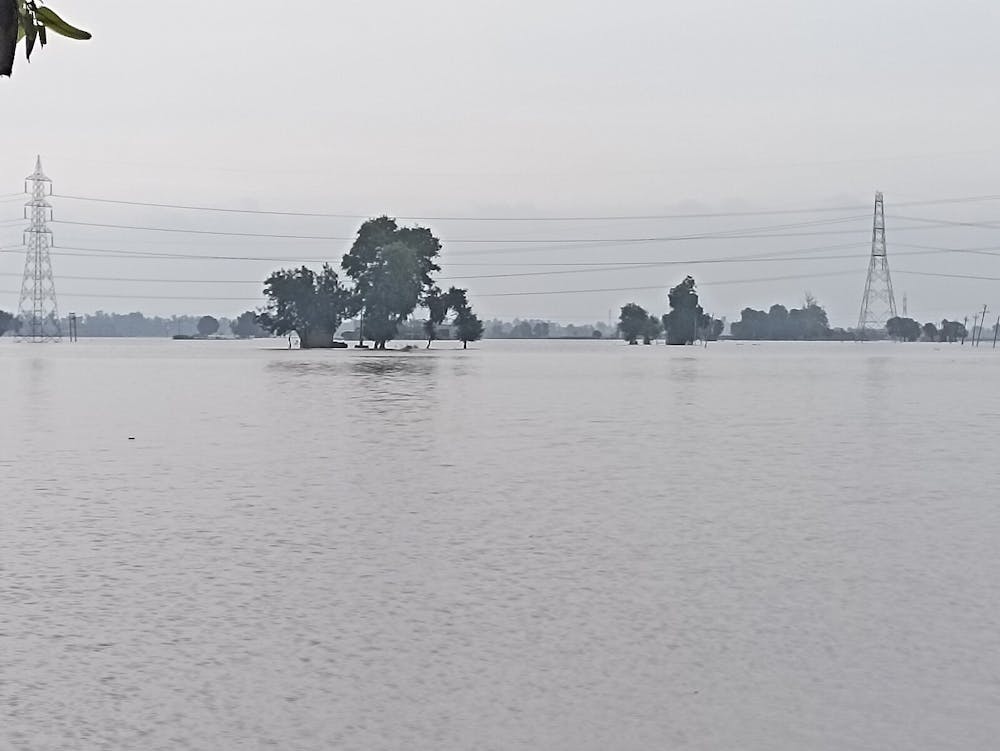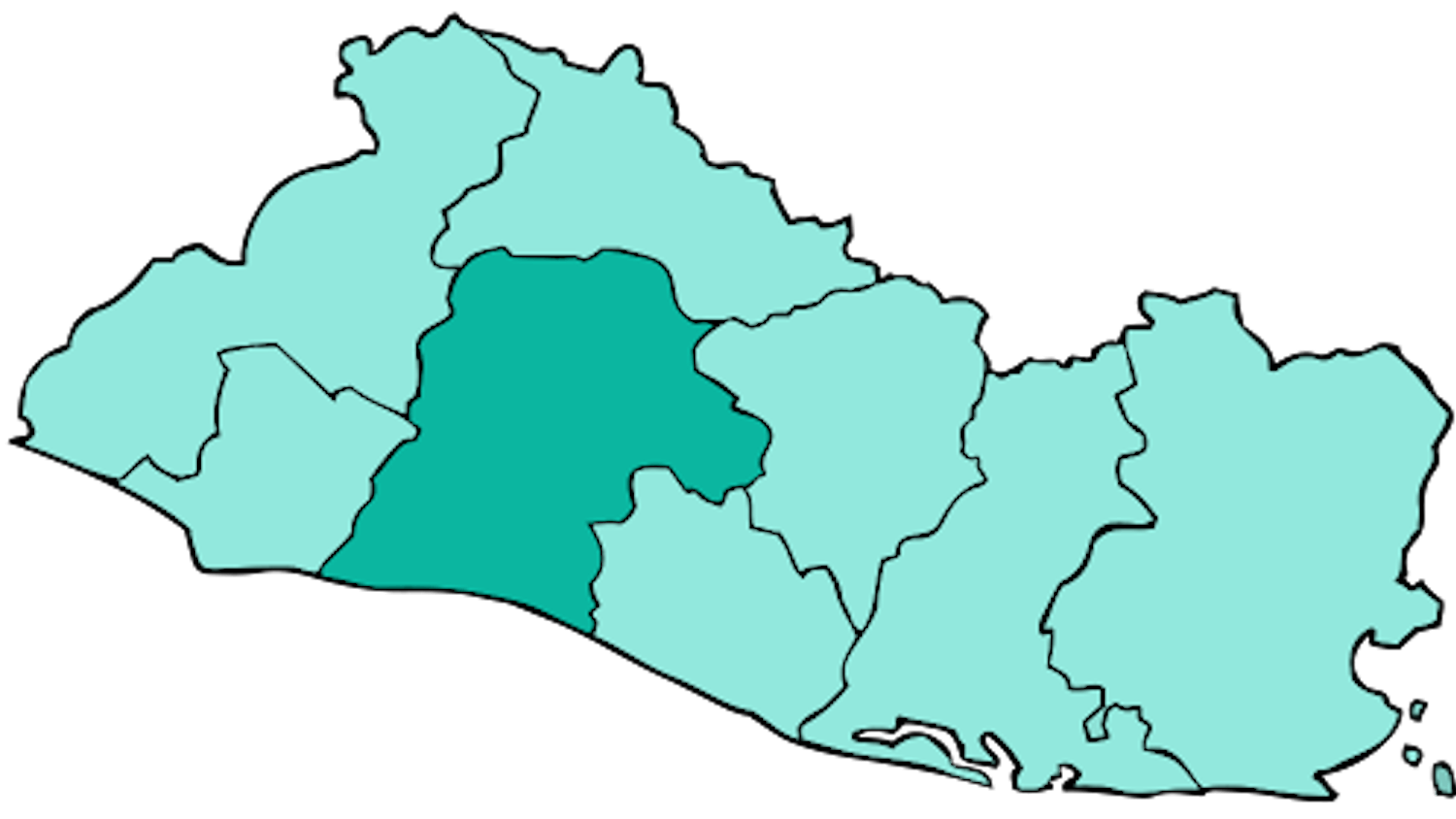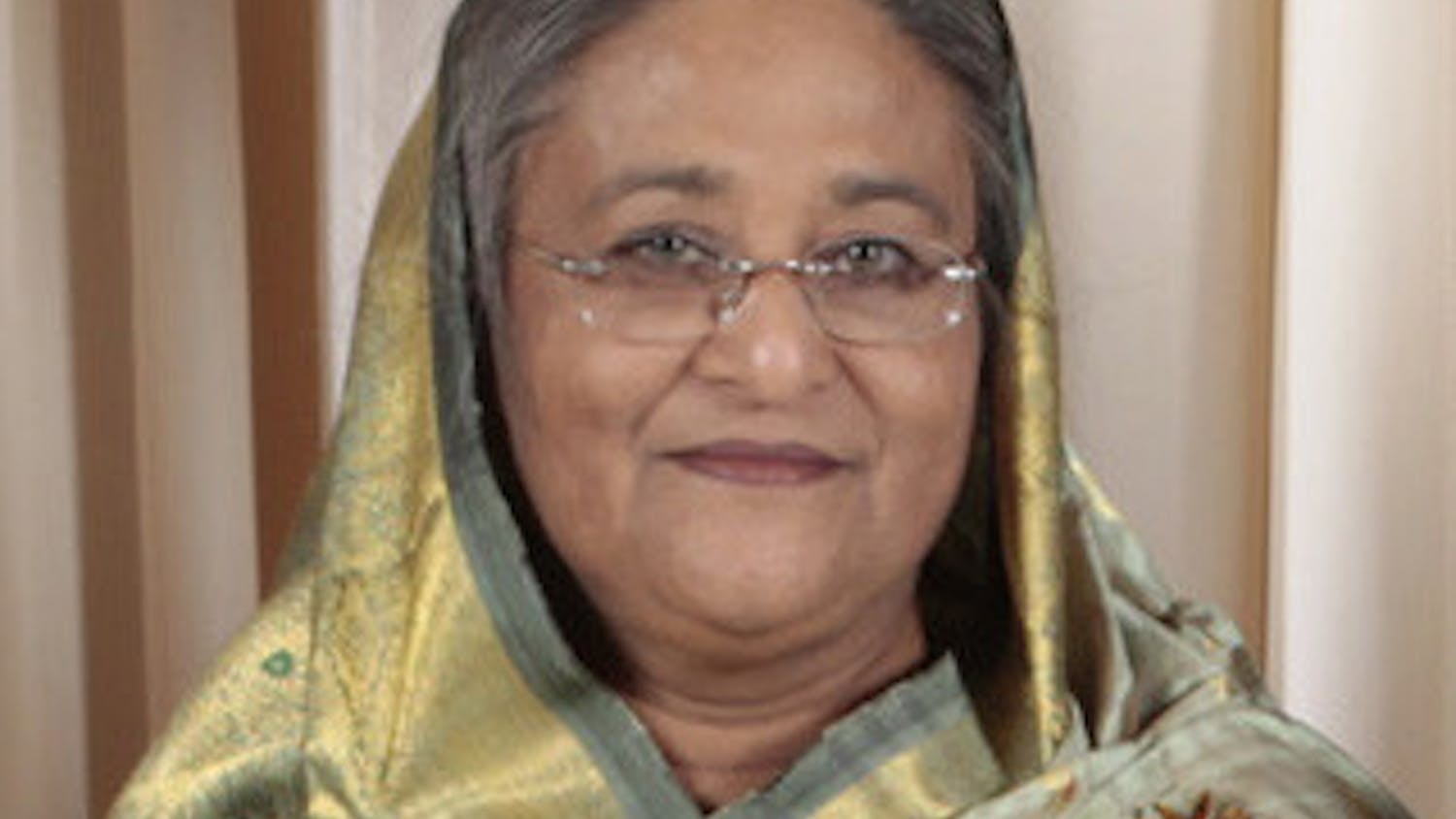Abigail Gilder
Staff Writer
For fifty years, the south of India has experienced mild weather, making it a pleasant tourist destination. However, in a shocking turn of events on Oct. 5, people became stranded in the region, trapped in relief shelters following the massive flooding as a result of the heavy rainfall and bursting of the Indian Himalaya’s glacial lake.
According to Reuters, just thirty miles from the southern state capital of Gangtok, villages and towns have been attempting to rebuild and locate their missing loved ones after the flooding. As of Oct. 10, there were 74 people dead and over 102 people missing.
The flooding was a result of an avalanche, where snow, ice and boulders slid in a landslide into the giant glacial lake of Lhonak, causing large tidal waves and the subsequent flooding. As PBS reports, this flood was so extreme to the point where it cracked “open the biggest hydroelectric dam in Sikkim state.” These waters even flooded to West Bengal and Bangladesh, miles away.
Experts and employees of the Teesta-3 dam alike claim that the dam’s poor placement was also a large contributor to the magnitude of the flooding. The six year old dam has been controversial since its building, not only due to its size, but due to its placement on Lhonak Lake. The Sikkim State Disaster Management Authority has even gone so far as to identify the placement as able to cause “extensive damage to life and property.”
While these natural disasters are commonplace during monsoon season, floods of this extreme nature have not occurred in more than 50 years, leaving towns and villages unprepared for flooding of this caliber.
As a result of the flooding, the state has opened 26 relief camps, with more continuing to open, in order to assist those affected by this disaster. Eight people of the Indian army died, one has been rescued and twenty-three remain missing.
Many believe the flooding to be a consequence of the ongoing climate crisis. As CNN reports, scientists are confident that extreme weather is increasing in frequency due to the human-caused climate crisis. While flooding is frequent in India, flooding of this caliber is a result of the climate crisis, according to the Weather Advisory Committee.
The Committee has also said all tourists are safe, despite the flood waters continuing to rise into collapsed houses and buildings. Vehicles have been submerged and official government facilities have also faced water damage.
Despite the casualties from this disastrous occurrence, most people involved have escaped and are currently safe.







